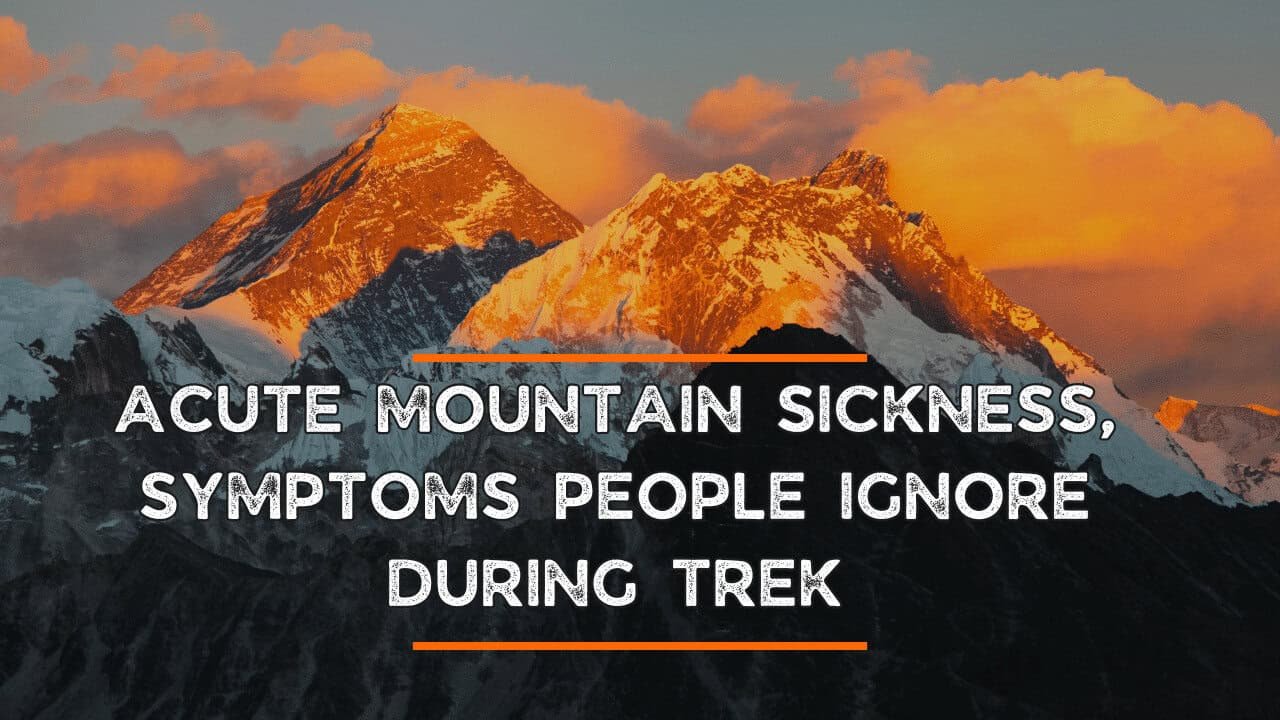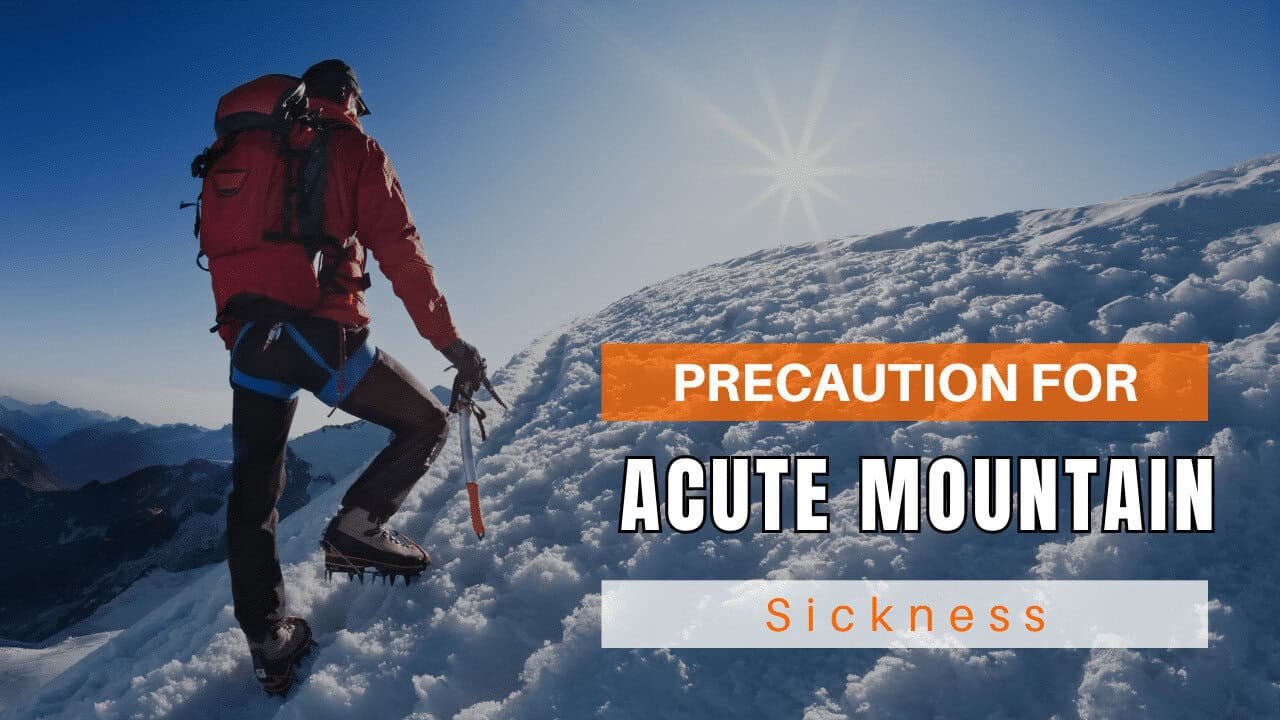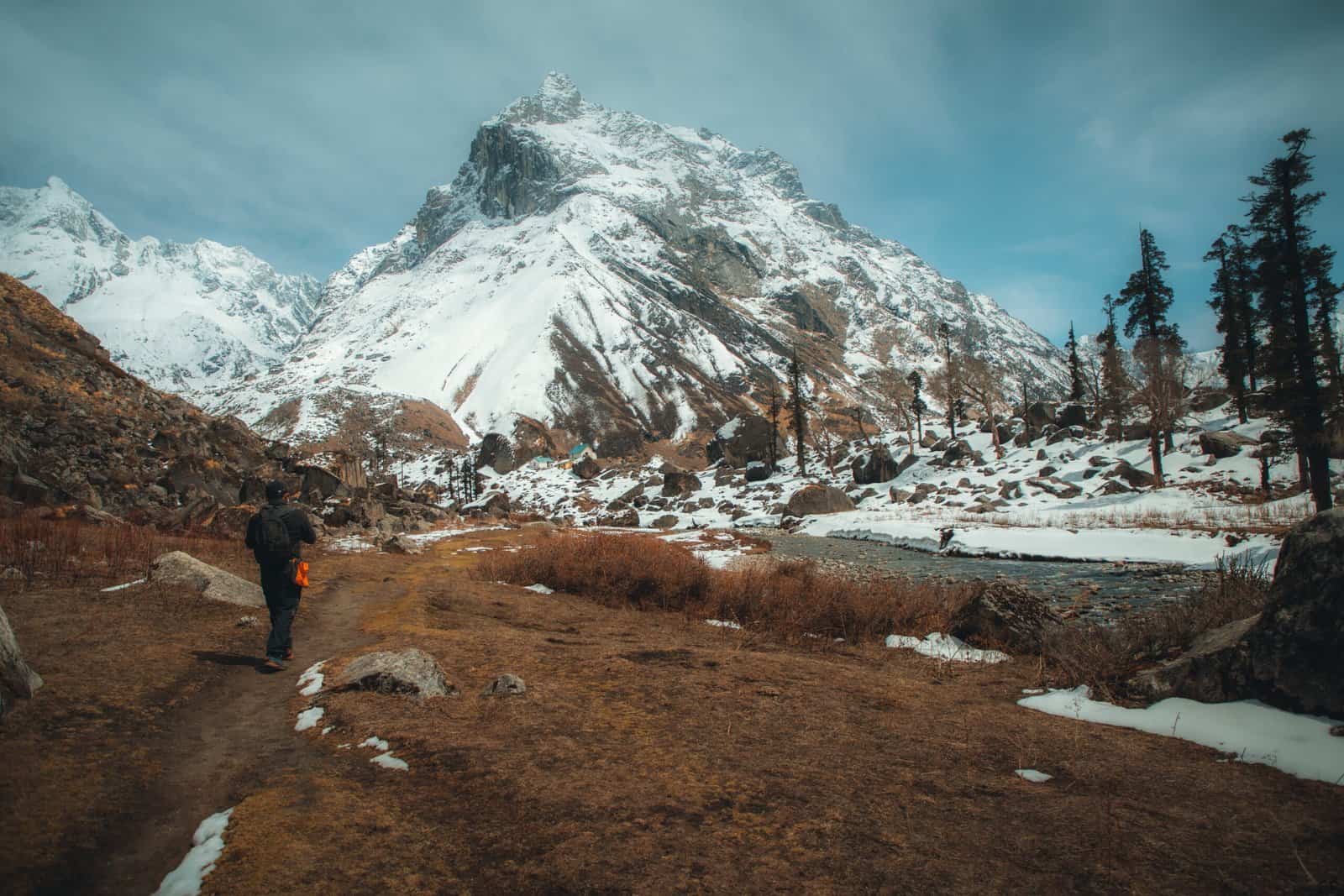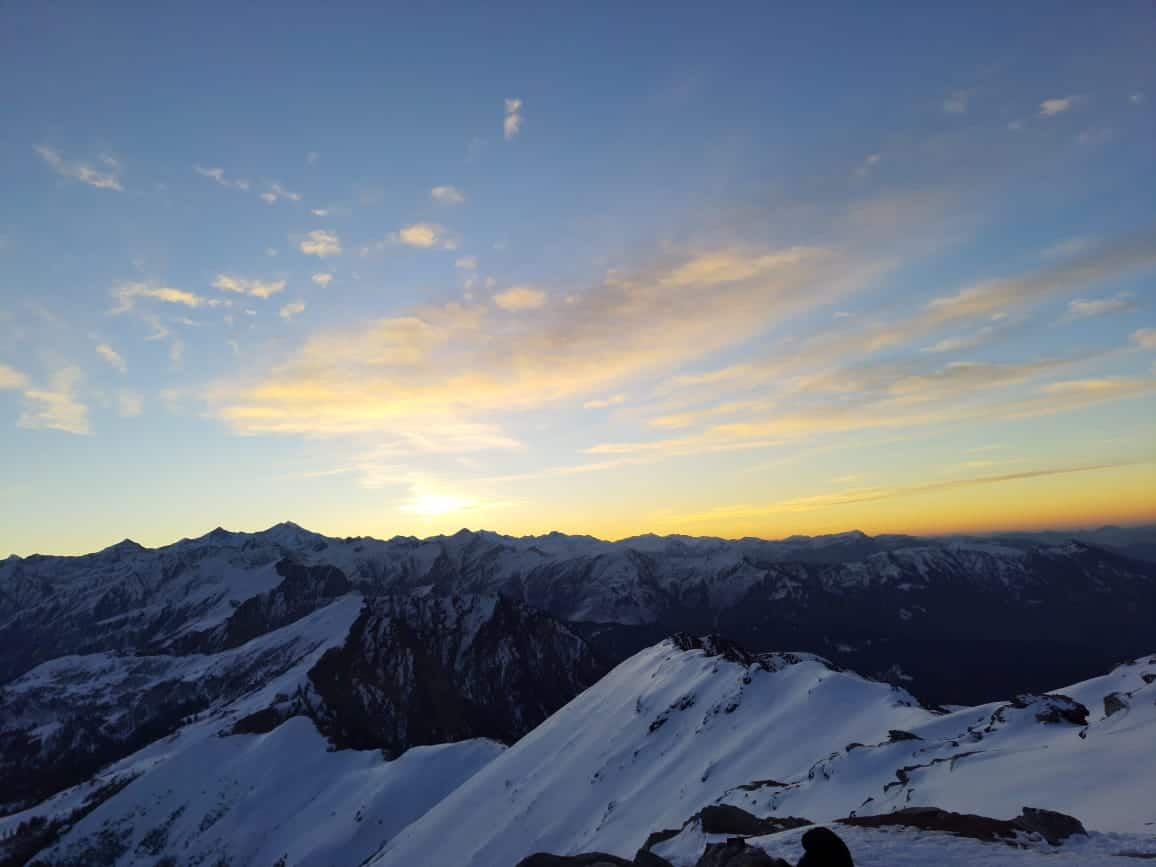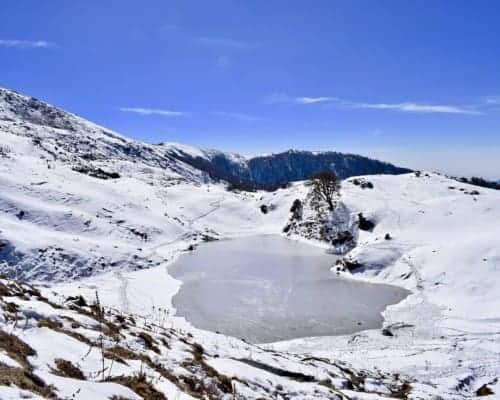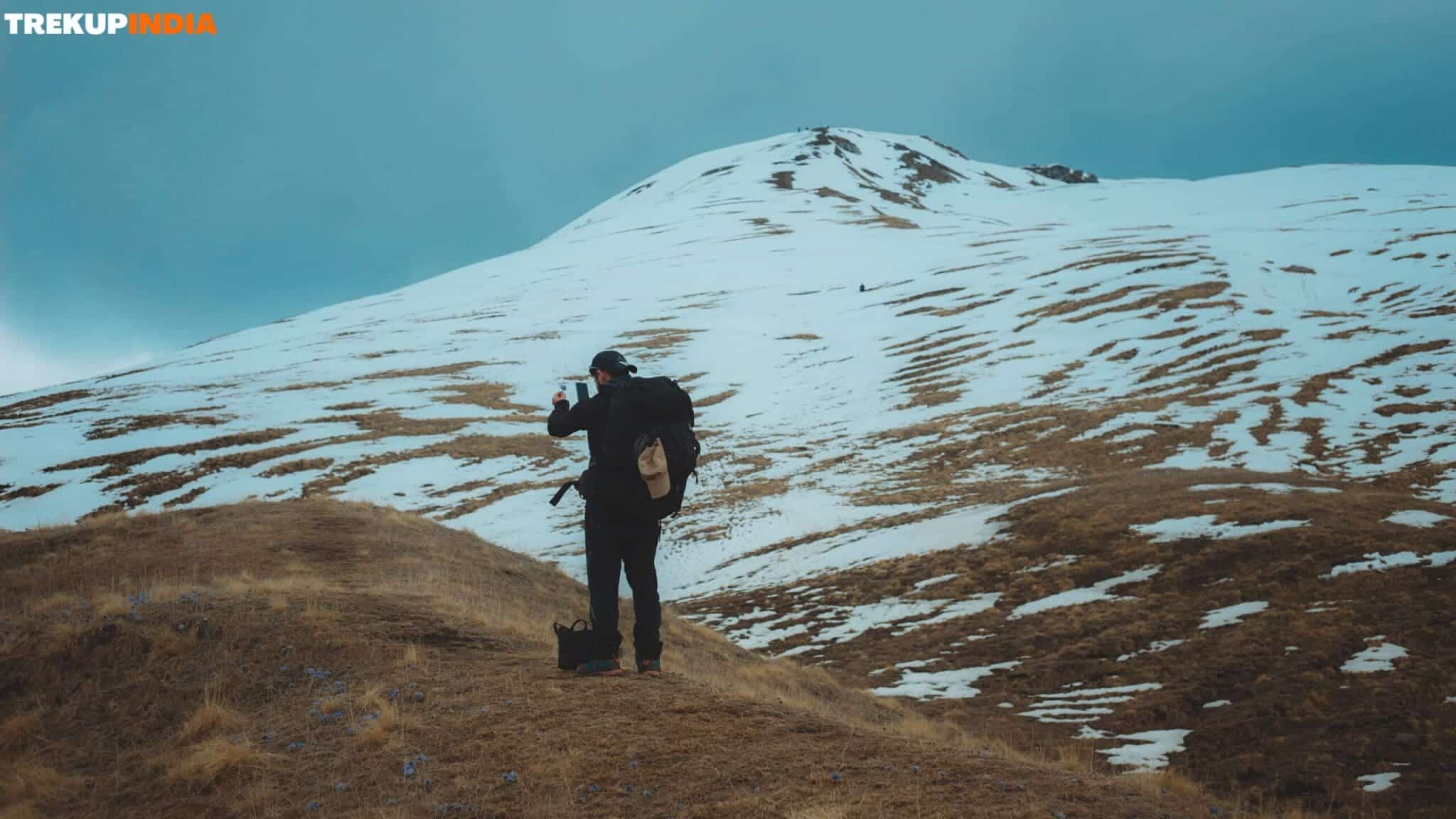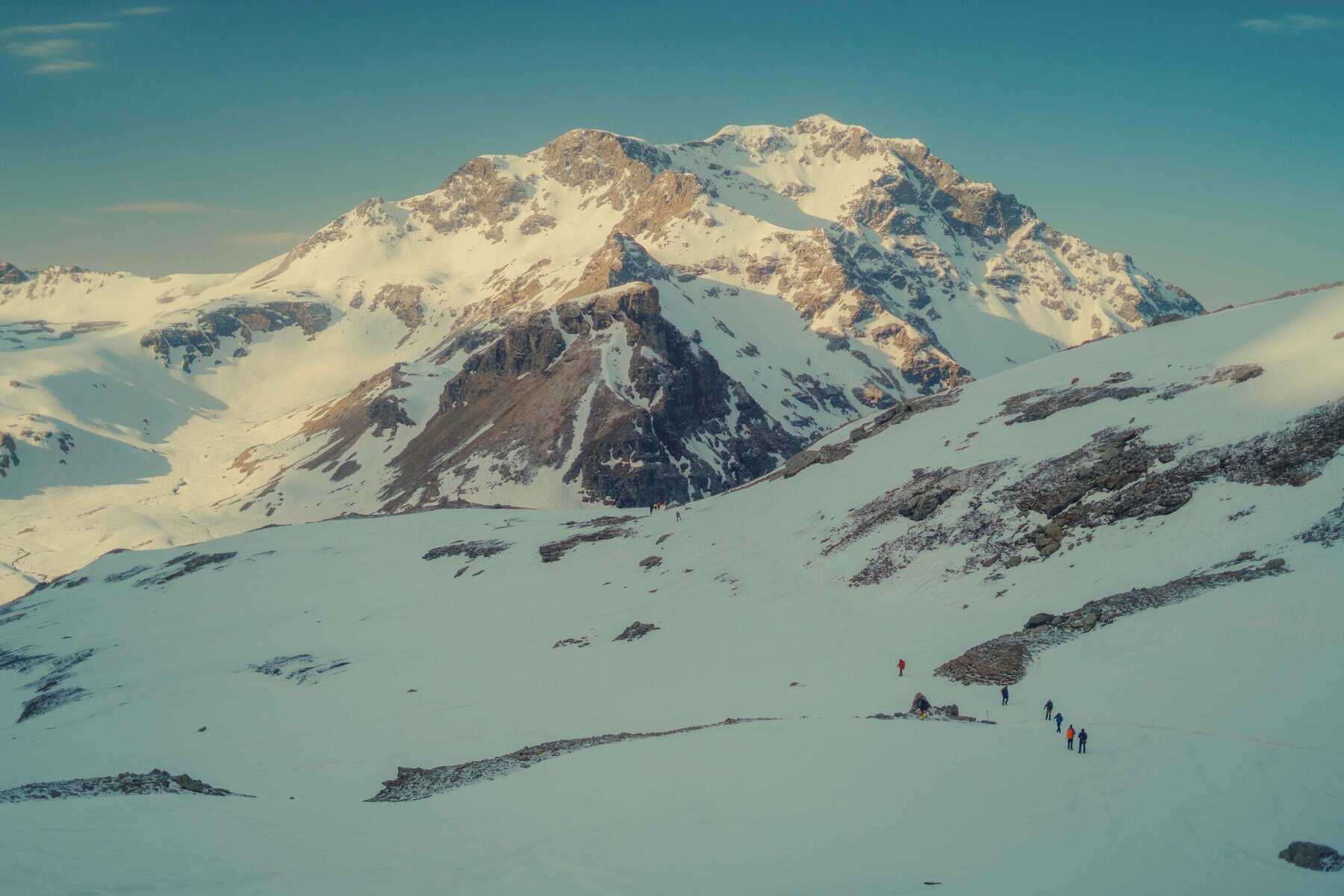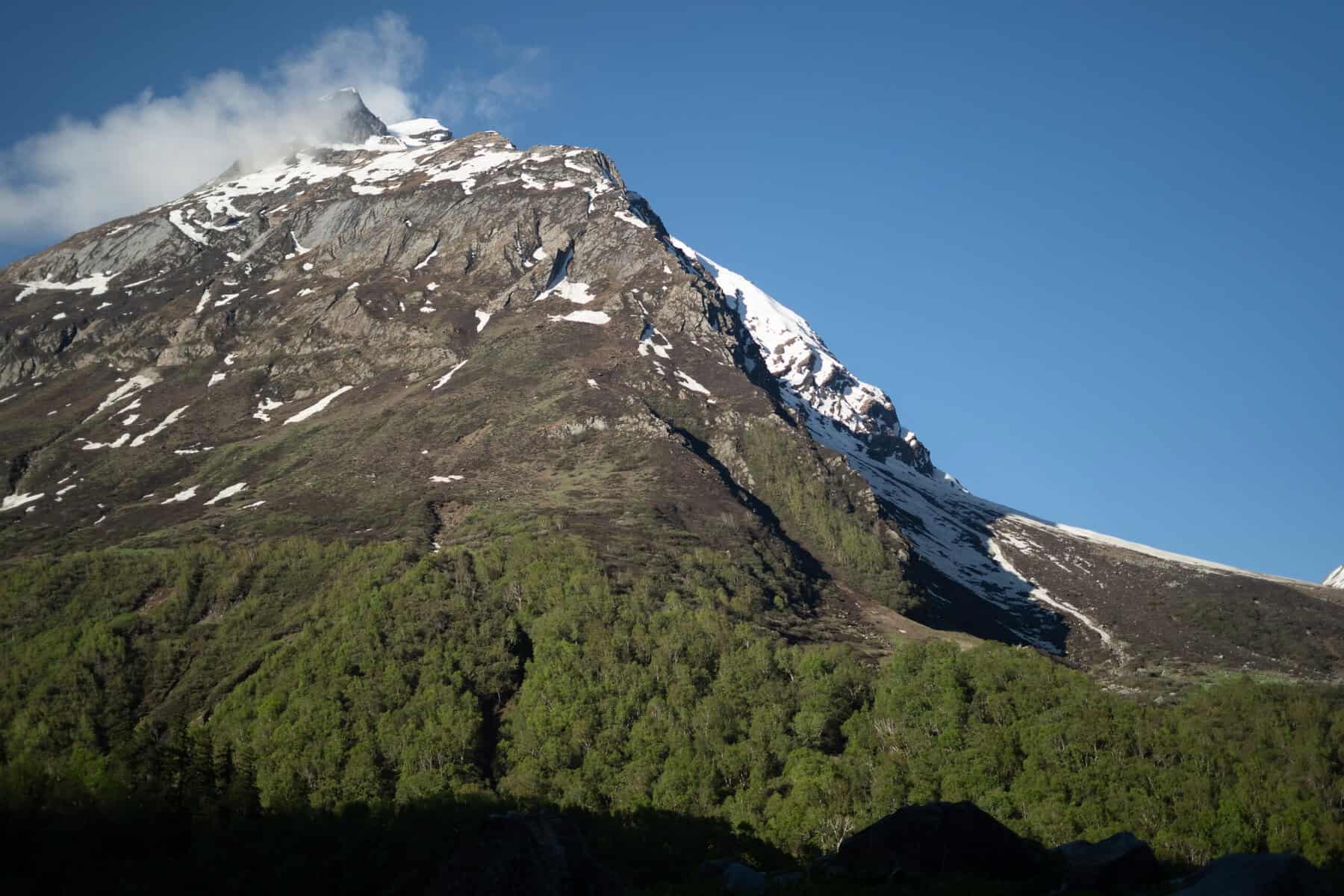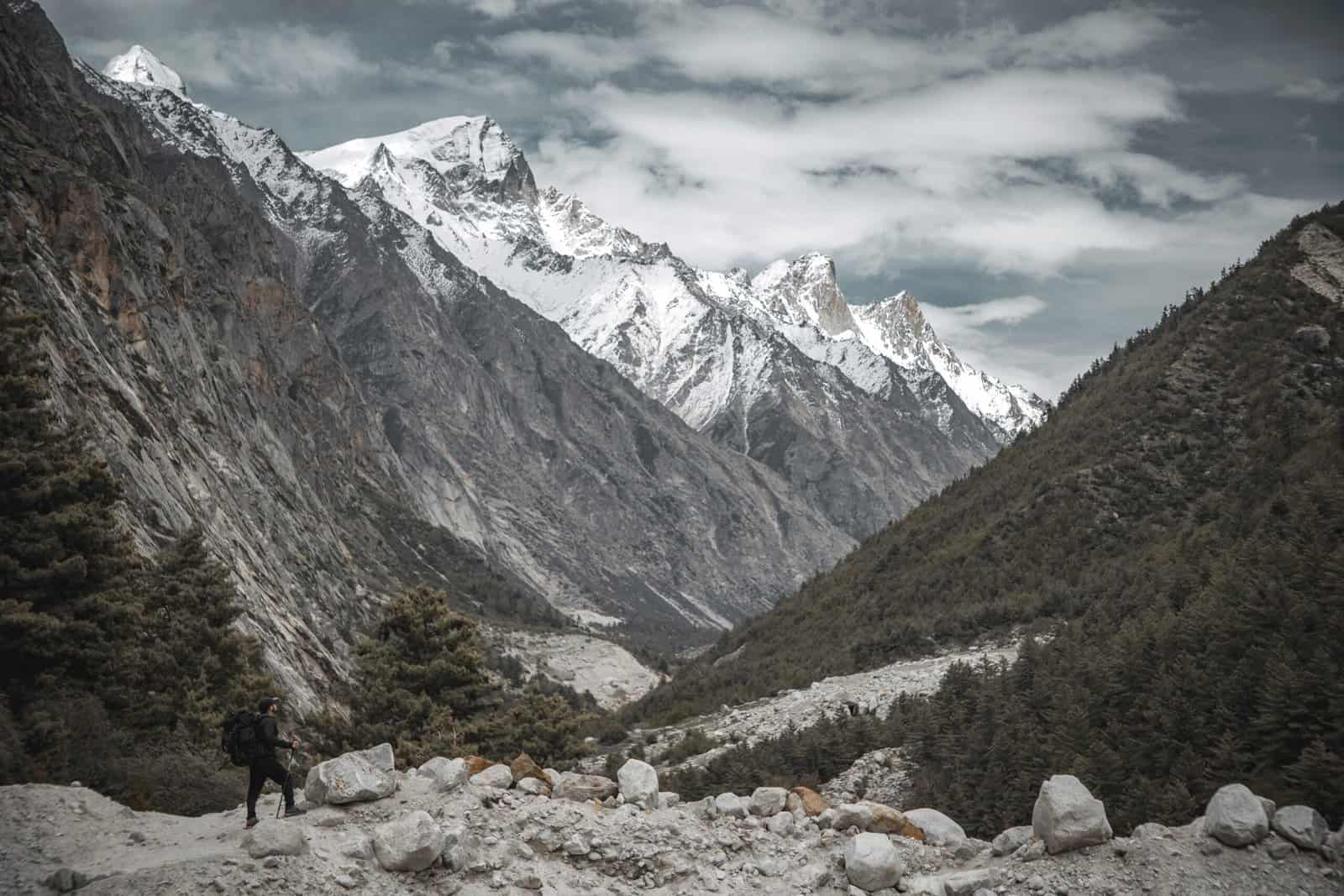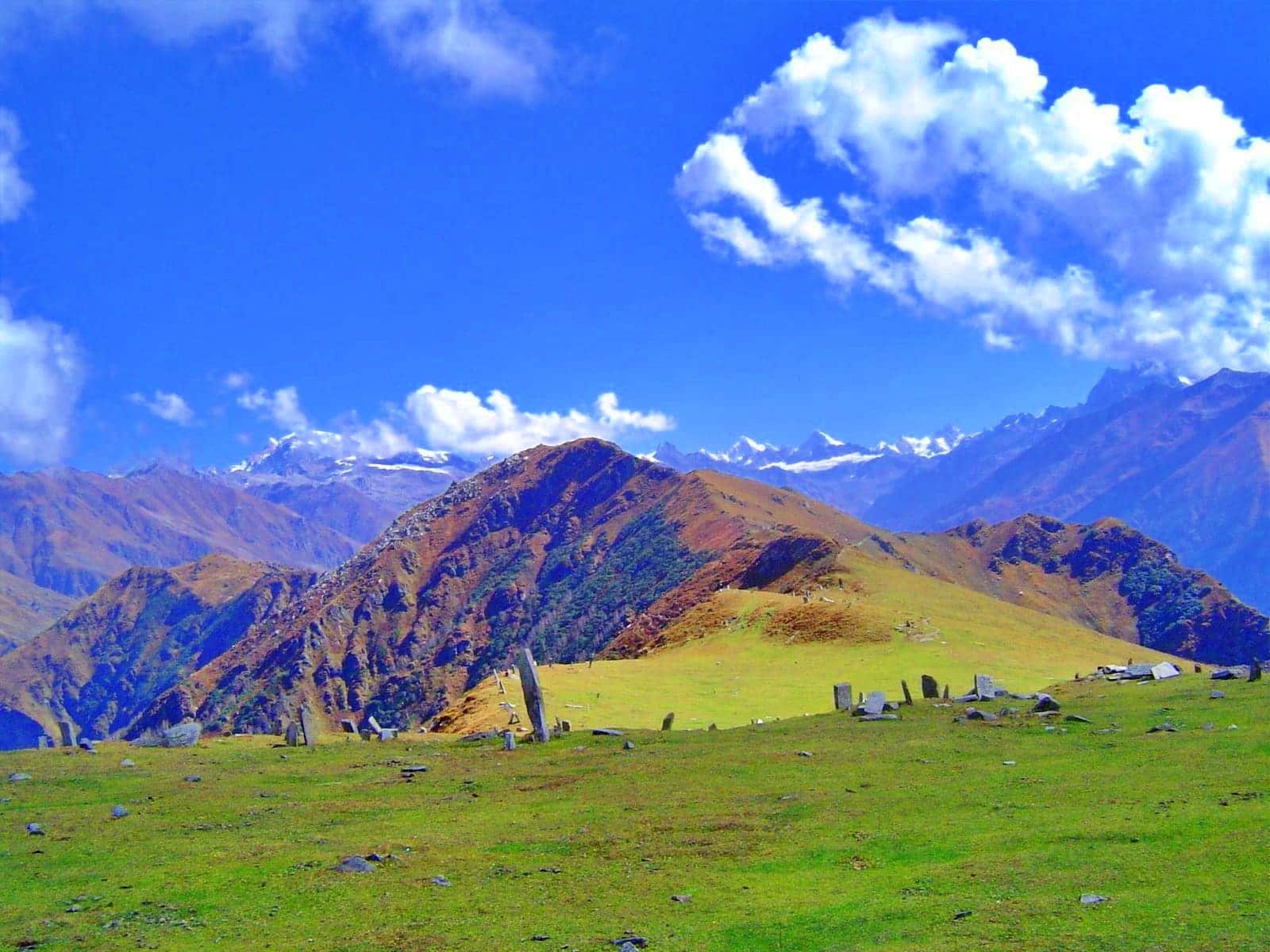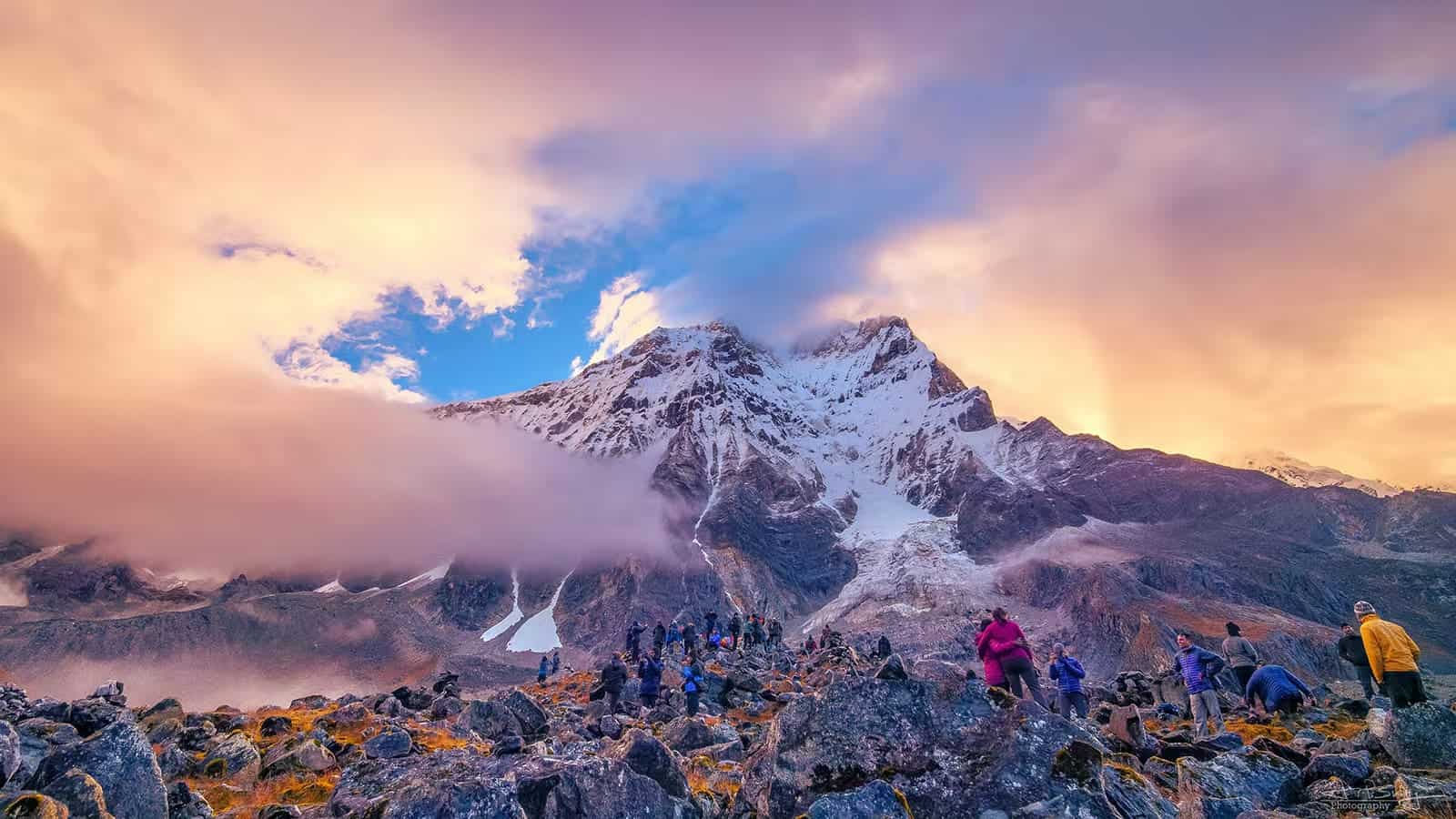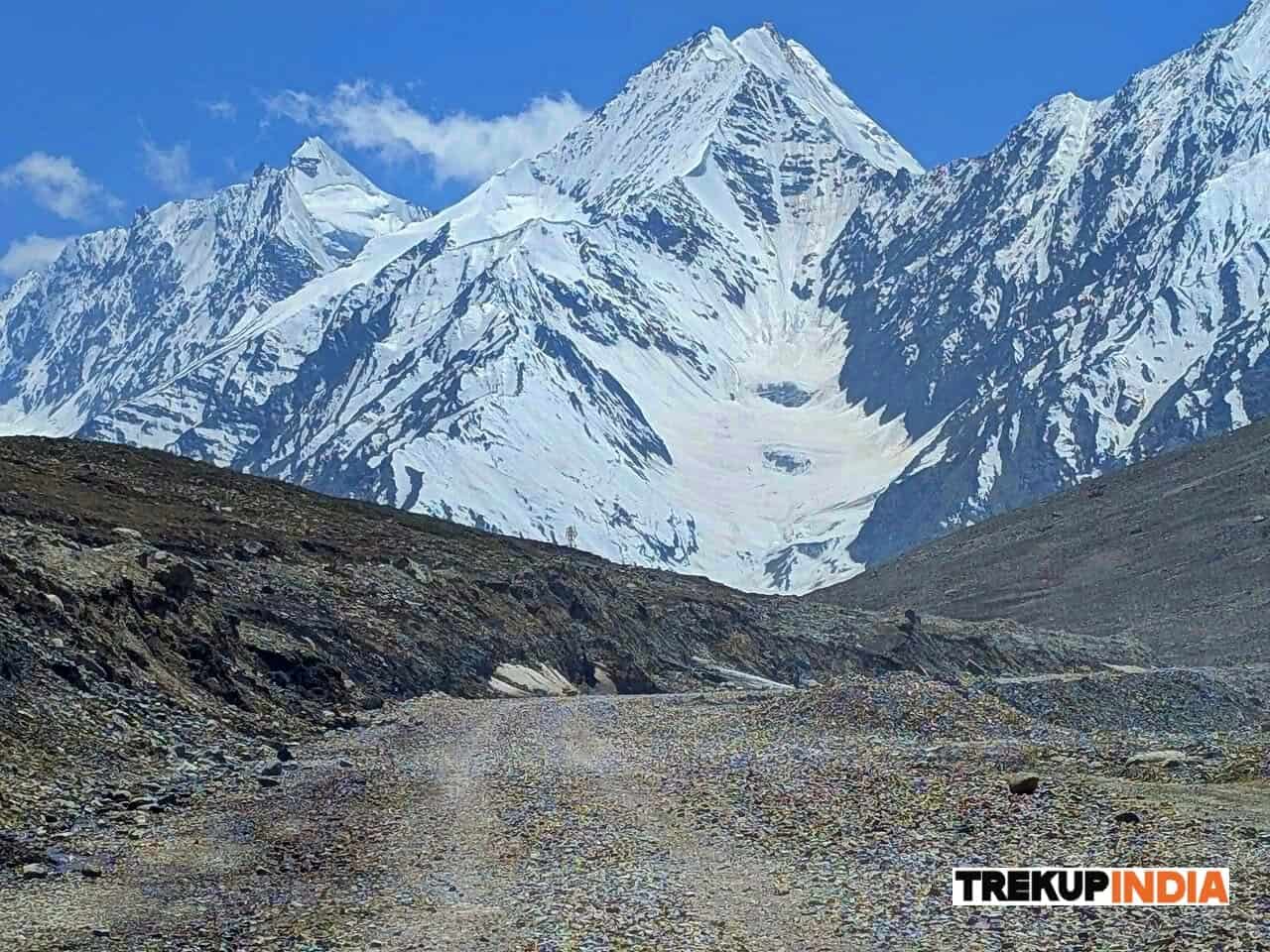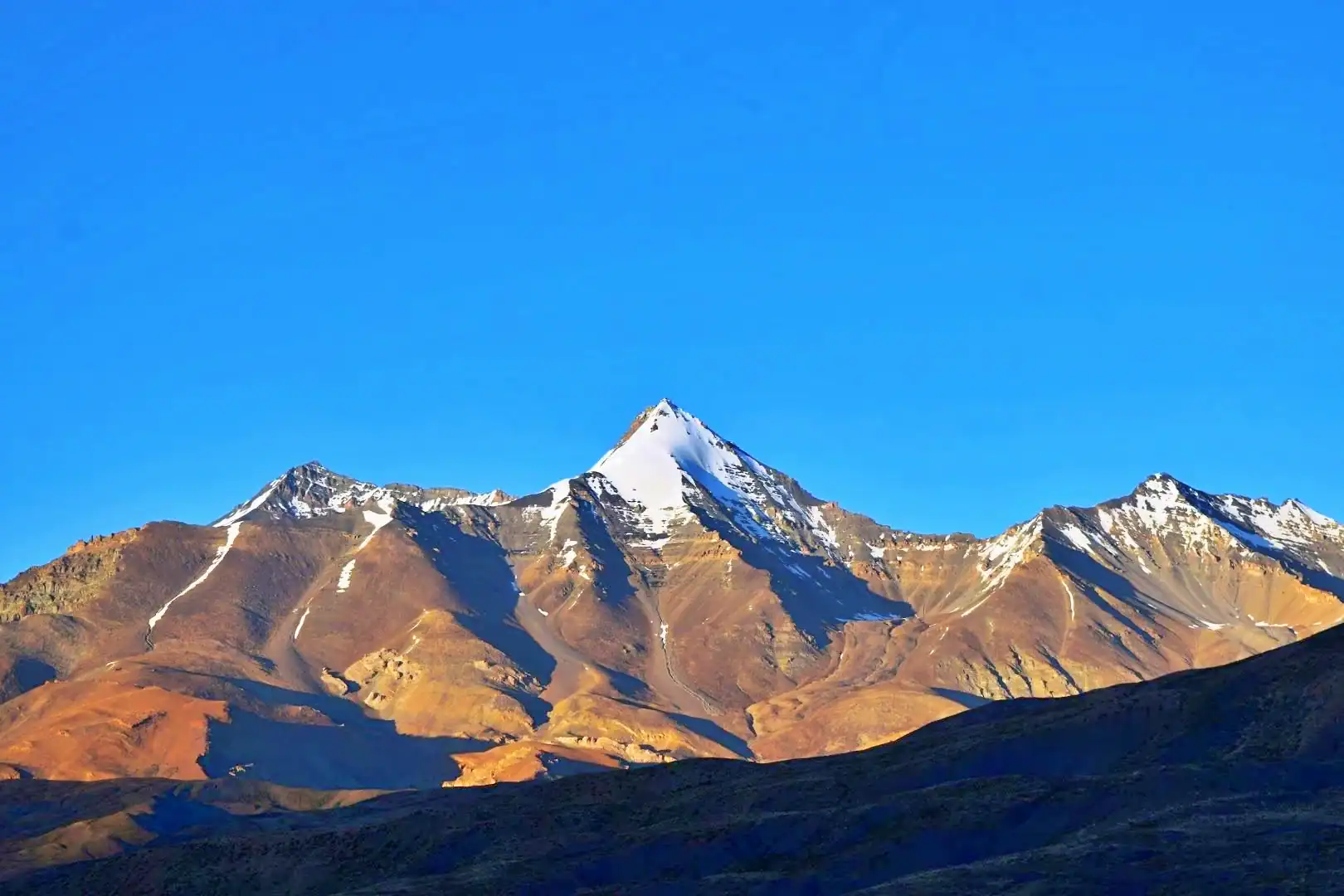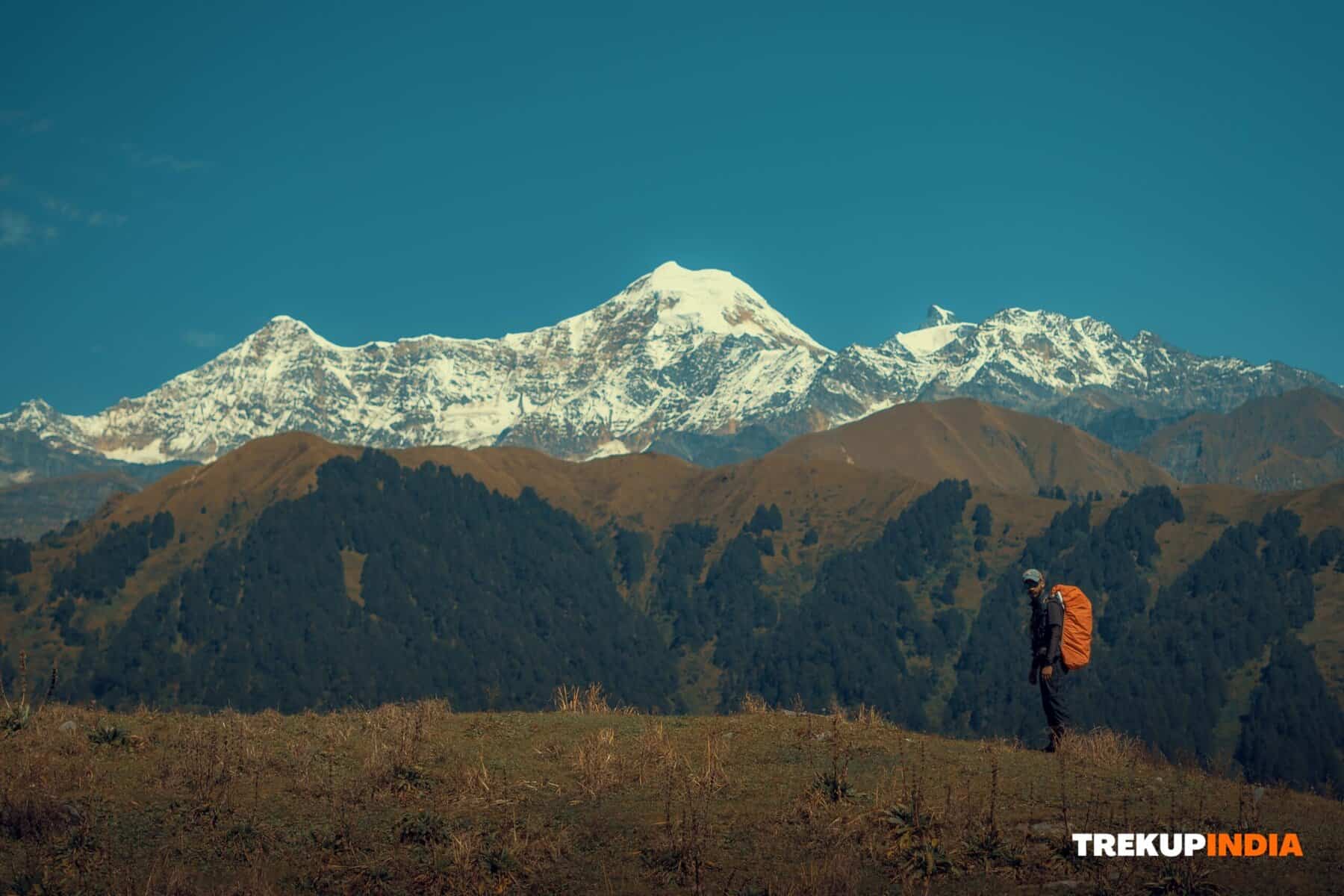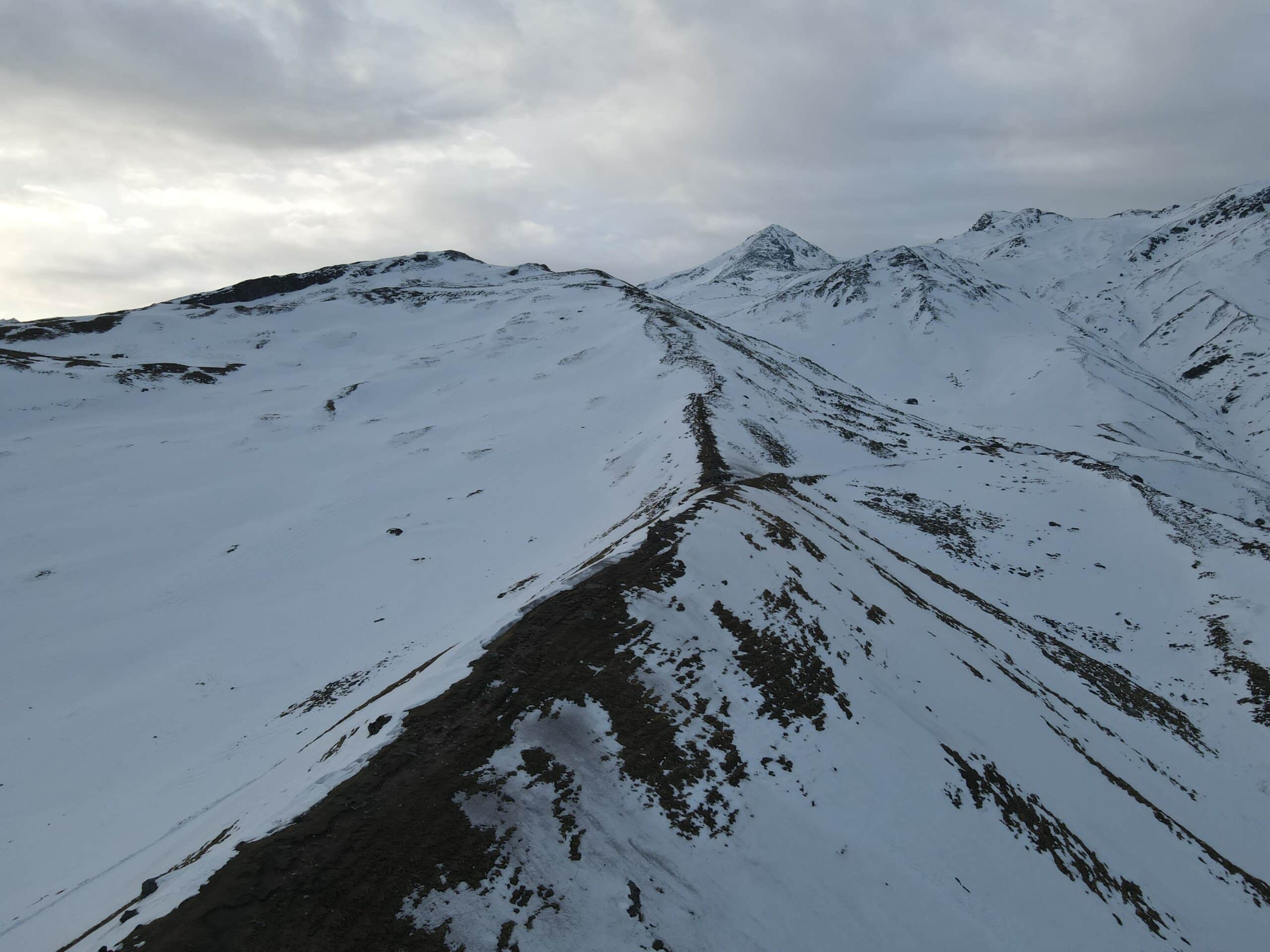Home Workout for Trek Fitness: No Gym Needed
Are You Planning to Trek Through the Indian Himalayas but Don’t Have Access to Exercise Facilities? TrekUp India can help urban trekkers build Himalayan fitness without purchasing expensive gym equipment and fancy machines; just a well-planned, consistent program of home exercise designed to meet trekking fitness requirements in balance, endurance and lung endurance. At TrekUp India, we have assisted thousands of trekkers in building Himalayan fitness without using weights; here is our entire home-based training program- no equipment necessary; just pure fitness.
Why Home Workouts Work for Trekking?
No equipment is needed – only body weight and household items. Develop functional strength while mimicking authentic walking moves for improved endurance during long treks; improve balance and agility for an uneven trail trek experience; and prepare yourself for long treks on uneven ground.
Trekup India's Home Workout Plan (4–5 Days a Week)
- All it takes to reach fitness is your bodyweight, time and desire. No gym needed!
- Warm Up (5-7 Minutes) Neck Roll (10 Reps Per Side).
- Arm circles (forward and backward – 10 repetitions).
- Jumping Jacks come in two sets of 20, each comprising 20 jumps.
- High knees for 30 seconds with 10 leg swings per leg.
- Ten Ankle Rolls per Foot.
1. Cardio at Home (20-30 Minutes)
- To maximize results from cardio workouts at home, select several activities and rotate through them in a circuit-like pattern.
- Option 1 / Low Knees Spot Jogging (1 minute).
- Stair climbing: Three to Five Rounds
- Skipper should complete 100-200 skips before climbing a mountain for 30 seconds.
- Burpees (10 repetitions) TIP FOR TRACKUP If your home contains a staircase, walk up it or climb it using an actual trek backpack to give yourself an aerobic workout.
2. Leg and Lower Body Strength (15-20 Minutes)
- Bodyweight Exercise options: Squats, three sets of 15; Legs (front/back), three sets of 10.
- Step-Ups (using a low bench or steps ), three sets of twelve.
- Wall Sit and hold for 30-60 minutes
- Calf Rakes are available in three sets of 20.
- Step up resistance after two weeks by adding a fully loaded backpack (3-6 kg).
3. Core and Balance (10-15 Minutes)
- Stability Training: Hold plank for 30- 60 minutes on both sides and perform 30-second Side Planks on each side for an hour each time
- Leg Raiser: Three sets of 10
- Glute Bridge – Three sets of 15.
- “Bird-Dog” – 3 sets of 10 on either side
- Balance Challenge: If you want a challenge that requires one leg standing while keeping eyes closed for between 10-20 seconds on each leg, give this balance challenge a try.
4. Breath Training (10 Minutes)
- Breath training improves lung capacity to increase high-altitude performance.
- Practice Daily with Anulom Vilom for 5-7 Minutes:
- Deep belly breathing exercises consist of three sets of 10 slow breaths taken through deep belly breathing techniques.
- Breath Hold Exercise: Take a deep breath, hold for about 10 seconds, then slowly exhale through your nose.
- Optional Bhramari Pranayama (humming breathing) increases blood circulation and can help you relax more.
5. Flexibility & Recovery (10 Minutes)
- Stretching can prevent injuries and alleviate soreness following physical exercise, helping you achieve peak performance in less time.
- Wrist Stretch; Hamstring Stretch; Quadriceps Stretch; Hip Flexor Stretch, Hip Flexor Flexor Stretch, Shoulder Rolls, Spinal Twist and Downward Dog Pose for Trekup Tips. Stretch lightly after every class and try doing one longer session per week.
Weekly Schedule
Day | Focus |
Monday | Cardio + Core + Stretch |
Tuesday | Legs + Stair Climb + Breathwork |
Wednesday | Rest / Light yoga |
Thursday | Cardio + Leg Strength |
Friday | Core + Balance + Stretch |
Saturday | Mock Trek at Home (stairs + loaded walk) |
Sunday | Rest / Recovery breathing and stretching |
Conclusion
Do not allow the lack of a gym to impede your dream of becoming a mountaineer; training for trekking can easily be accomplished from home by means of determination, consistency and a desire to become better each day. Training doesn’t mean reaching the peak; it should instead provide enjoyment along the way!
About Author

Anoop Rawat (Admin TrekUp India)
Anoop has worked for 5 years as a Trek Leader with TrekUpIndia, leading numerous treks across the diverse and challenging terrains of Uttarakhand and Himachal Pradesh. He holds a degree in Geology with a specialization in Geographic Information Systems (GIS) from UPES Dehradun. During his academic years, he actively applied his classroom knowledge in the field—most notably by contributing to a glacier research project on the Jundar Glacier in the Har Ki Dun Valley, Uttarakhand. Write Anoop at anoop@trekupindia.com
Share this article
Dates For Upcoming Treks
Want To Trek Like Pro?
Basically, watch these videos if you want to trek the same way professional trekkers do and make your skills better. These videos contain useful tips and techniques to further improve your trekking skills itself. These videos actually help both new and experienced trekkers improve their trekking skills. These videos definitely provide useful tips that make your trek better. We are seeing that these videos by Trekup India experts will only help you make your trekking skills better.
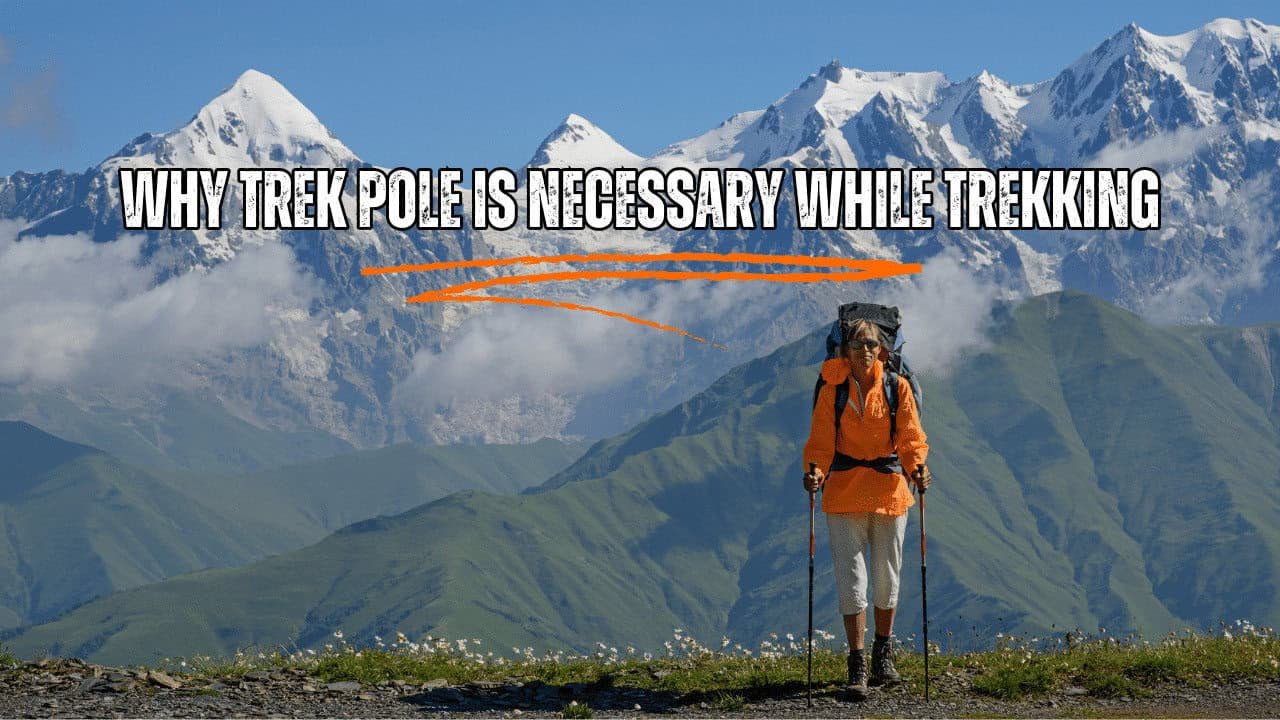
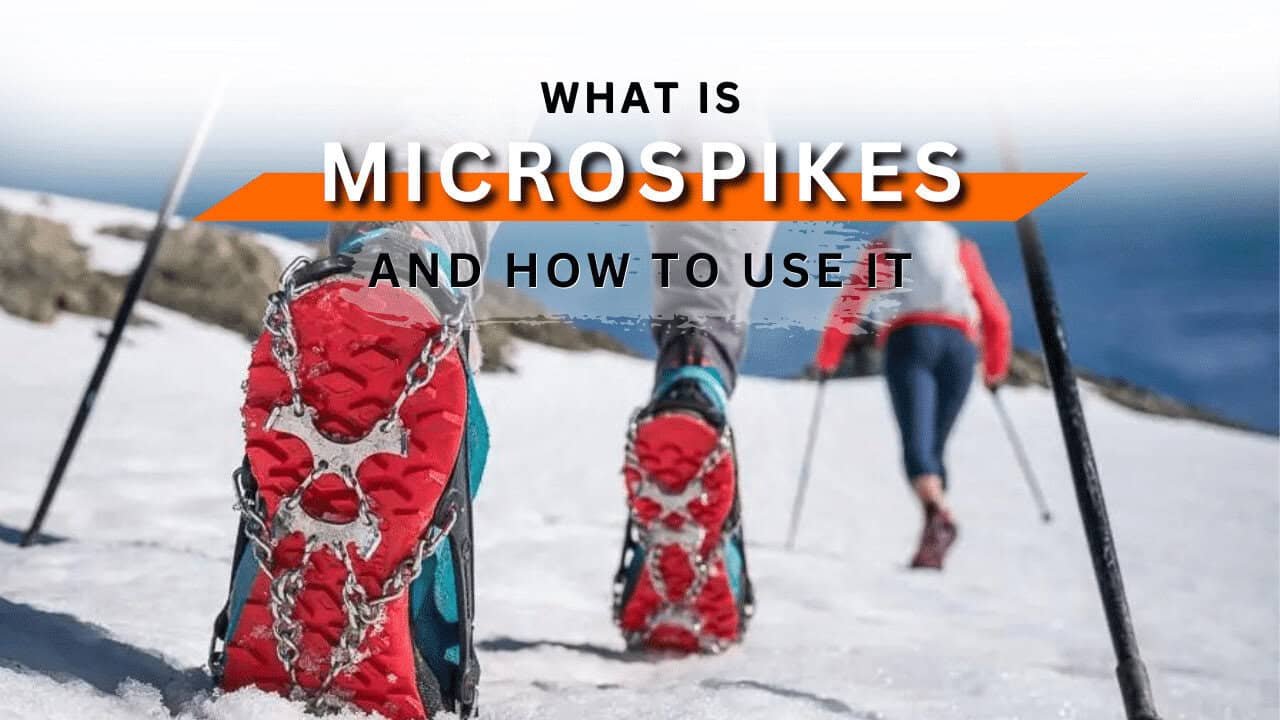
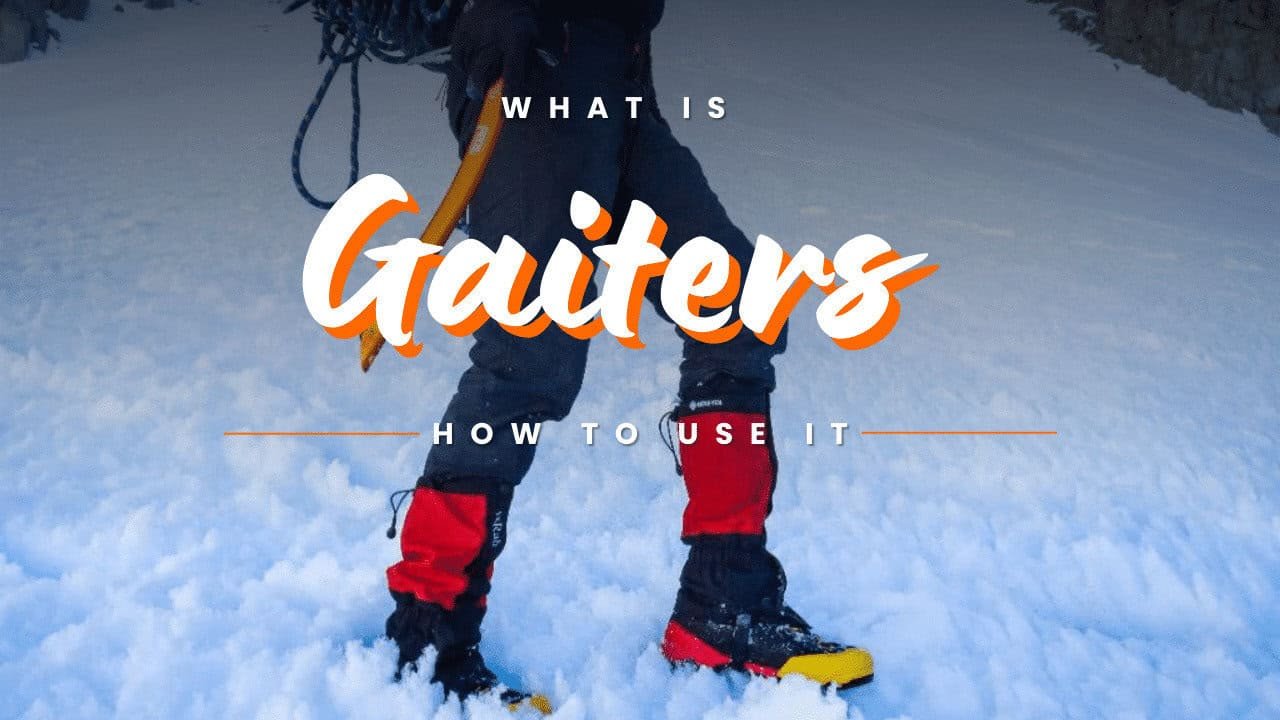
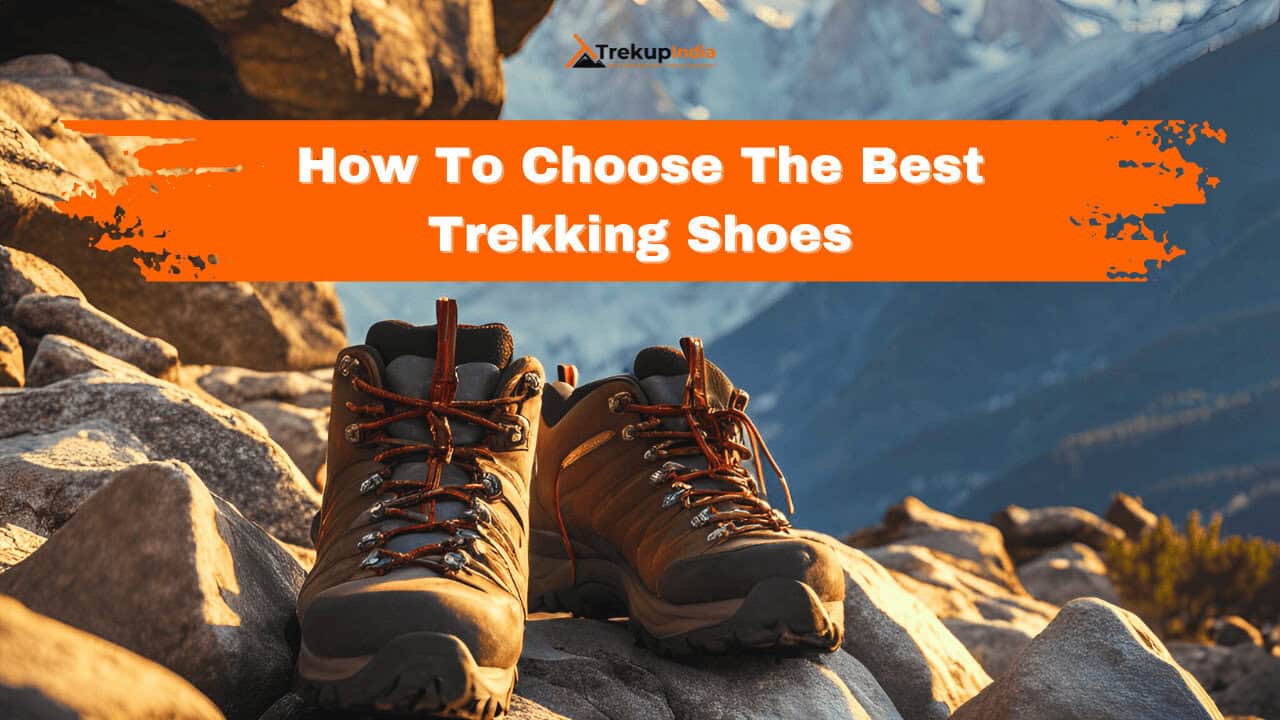



Know Everything About Acute Mountain Sickness
Acute Mountain Sickness occurs when people trek to high altitudes above 8,000 feet. This condition itself develops further due to reduced oxygen levels at such heights. Basically, as you go higher up, the air pressure and oxygen levels decrease, which causes the same problem. Acute Mountain Sickness surely causes headache, nausea, vomiting, and dizziness in affected persons. Moreover, peoples also experience difficulty in sleeping during this condition. To avoid mountain sickness, you should actually trek up slowly to higher altitudes. To learn further about this condition itself, watch the videos by Trekup India.
